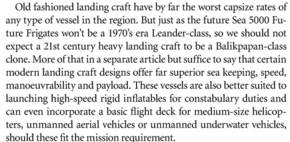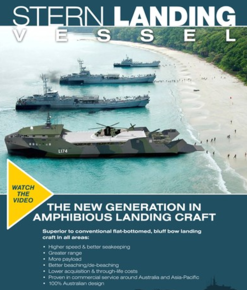Flexson
Active Member
Mine might not be a popular opinion on this forum but I can assure everyone that there are MANY people I work with who share this view.@Flexson You're a stoker and yes fresh air is harmful to stoker types, especially as it means they have to leave their bunksI was a seaman gunner.
Why wouldn't you consider your role and the rest of the current ADF role a combat role? You all take the Queens shilling and as well all know it can turn to custard quicker than a PTI can find a mirror. What's the difference between you being alongside or sailing the oggy and a Gurkha soldier in his barracks or on exercise? Nothing apart from being somewhat more comfortable than the soldier. A sailors primary duty is the same as any soldiers or airmens: protect your nation and follow the legal orders given to you by those officers appointed by HM The Queen, her heirs and successors. Your role is a warfighting role and everything else is secondary. I was taught that by my dad and uncles who fought in WW2 against the Germans and the Japanese. The real lesson they drove home to myself and the rest of my cousins who joined the forces was that in war nobody wins, but in combat nobody comes second. That warfighting role is the prime reason for a Navy, Army and Air Force. However pollies and civvies forget that and generally have it arse about face.
Also might I suggest everyone goes to defencejobs.gov.au and search 'Combat and Security jobs' try this link Combat & Security and see what the recruiting web pages classify Combat AND security roles as, stressing that they have thrown security roles into this list of jobs.
Also cut and pasted from a couple documents from when they were opening up Direct Combat Roles to women.
categories of employment which are classified as ‘direct combat duties’. These are: clearance diving teams (Navy); infantry, armour; artillery and combat engineers (Army); and airfield defence guards and ground defence officers (Air Force)
Table 1. ADF Combat Role Employment Categories
Navy - Clearance Divers
-Mine Warfare and Clearance Diving Officers
Air Force - Airfield Defence Guards
- Ground Defence Officers
Army - Infantry Corps
- Armoured Corps
- Artillery roles
- The Explosive Ordnance Disposal Squadron
-Combat Engineer Squadrons


